This week, Tina Schell asks us to share examples of leading lines, a characteristic in a photo that helps to direct the observers eyes toward the main subject in the image. She writes, “So give us a chance to see some of the leading lines you’ve captured and we’ll follow wherever you lead.” You can read her entire challenge post here. I present for your review, my favorite fireworks photo. It was at Universal Studios and was taken in 2003. The lights on the buildings “lead” the viewers eyes toward the center of the image where fireworks are exploding in the night sky. Sometimes, as in the example above, the leading lines don’t lead to a specific subject but simply guide the observer through the image. This bridge and walkway along the northern shore of Kauai, Hawaii, beckons exploration of the ocean views around the bend up ahead.
Sometimes, as in the example above, the leading lines don’t lead to a specific subject but simply guide the observer through the image. This bridge and walkway along the northern shore of Kauai, Hawaii, beckons exploration of the ocean views around the bend up ahead.
Even the frames that surround the building at Frank Lloyd Wright’s, Taliesin West draw the viewer to wonder what architectural treasures lay inside. The winter home and School of Architecture created by Frank Lloyd Wright in 1937 features many design lines that direct the viewer’s eye toward the buildings that were built by the school’s students of architecture.
In this image of a sculpture of a boy fishing, I used the lines in the planking to direct the viewer’s eyes toward the subject as he fished from the top level of a boat sailing along the Erie Canal.
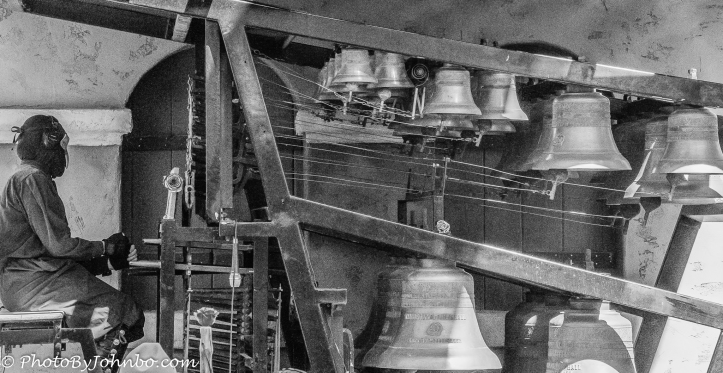 At the Arizona Renaissance Festival, the music of a giant bell carillon attracts visitors to stop and listen for awhile. The bell cabling and structural supports both lead the viewer’s eyes toward the masked performer.
At the Arizona Renaissance Festival, the music of a giant bell carillon attracts visitors to stop and listen for awhile. The bell cabling and structural supports both lead the viewer’s eyes toward the masked performer.
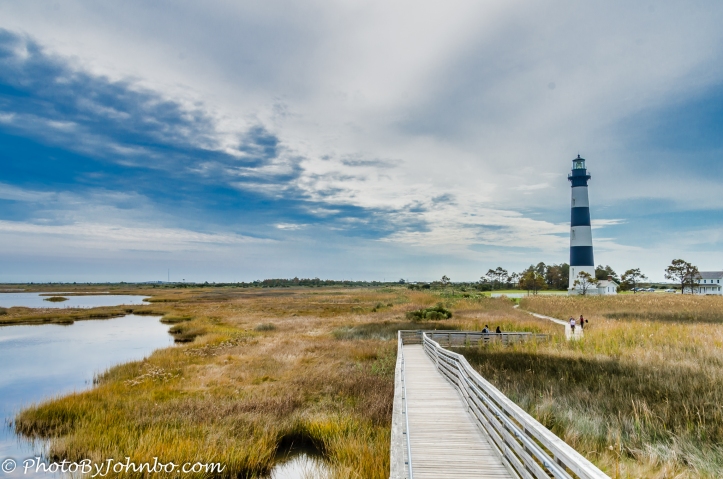 On the Outer Banks Islands of North Carolina, several lighthouses protect boater navigation on the Atlantic Ocean. This beautiful striped lighthouse is on Bodie Island. Leading lines of the boardwalk lead the observer’s eyes toward the subject in question. The large area to the left, often referred as “negative space” in photographic circles, helps put the shallow island in perspective and simultaneously shows the purpose and objective of the navigation aid.
On the Outer Banks Islands of North Carolina, several lighthouses protect boater navigation on the Atlantic Ocean. This beautiful striped lighthouse is on Bodie Island. Leading lines of the boardwalk lead the observer’s eyes toward the subject in question. The large area to the left, often referred as “negative space” in photographic circles, helps put the shallow island in perspective and simultaneously shows the purpose and objective of the navigation aid.
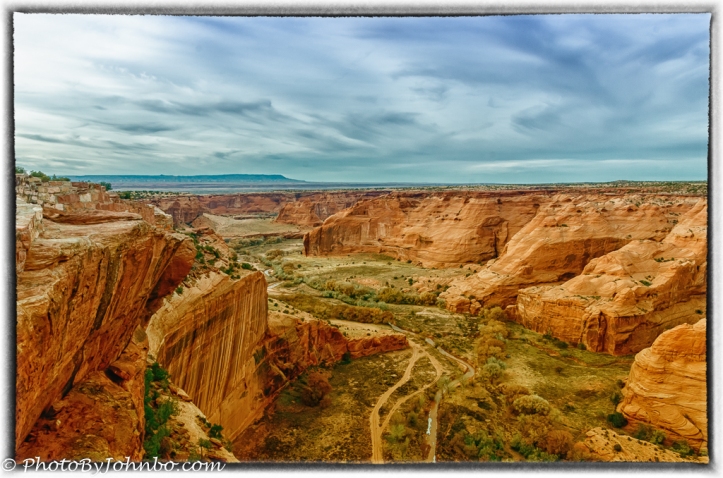 For my final example, this view of the Canyon de Chelly uses the canyon walls and the meandering river to direct the viewer’s eyes toward the vast canyon valley below. One of my favorite images, this photo was processed using Nik Efex 2 using a split-tone effect. On special photos, I like to use these tools to provide an “artistic” take on landscapes. For a time, I was concerned that the Nik software tools would disappear when Google abandoned updates on them. I am happy to hear the software package, a series of applications, is now available from DxO as an upgrade or as a new purchase. The plug-in set for Adobe Photoshop and Lightroom is no longer a free download, but it does have support from a company who has a complete line of photo processing tools.
For my final example, this view of the Canyon de Chelly uses the canyon walls and the meandering river to direct the viewer’s eyes toward the vast canyon valley below. One of my favorite images, this photo was processed using Nik Efex 2 using a split-tone effect. On special photos, I like to use these tools to provide an “artistic” take on landscapes. For a time, I was concerned that the Nik software tools would disappear when Google abandoned updates on them. I am happy to hear the software package, a series of applications, is now available from DxO as an upgrade or as a new purchase. The plug-in set for Adobe Photoshop and Lightroom is no longer a free download, but it does have support from a company who has a complete line of photo processing tools.
As always, if your browser supports the capability, you can click on any of the images above to get a higher resolution view.
John Steiner

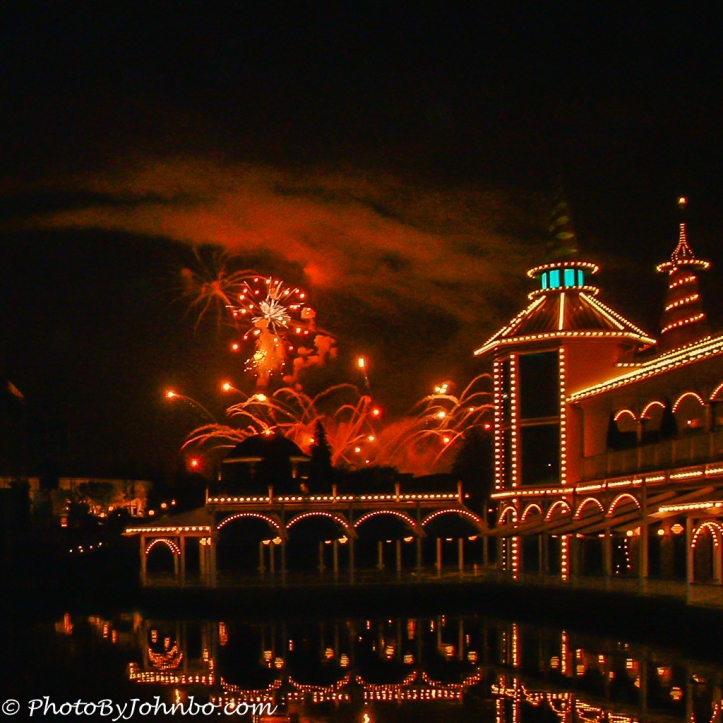
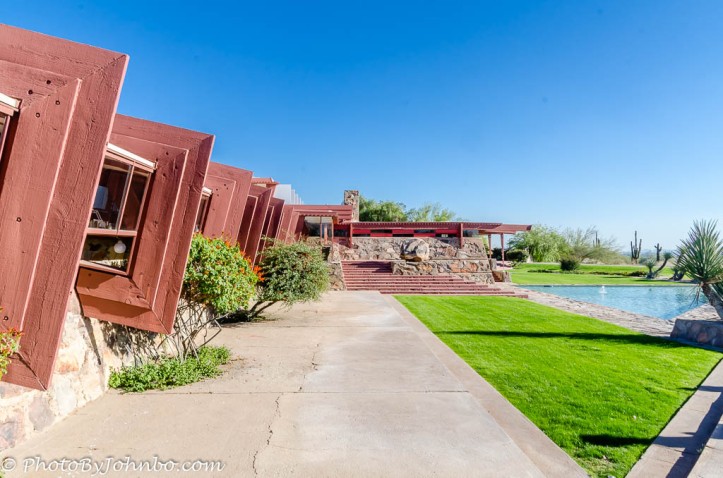
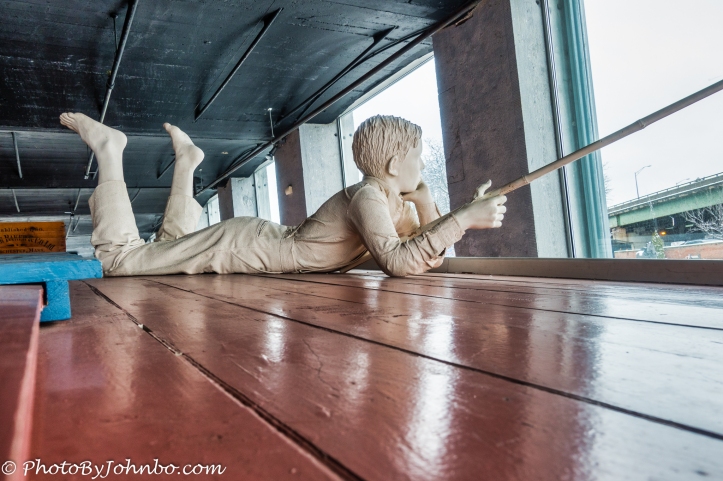
Not surprisingly, superb examples John. Your closing image is really stunning, but all are beautiful and very different. Both the FLW building and the little boy fishing in particular
Thank you! After reviewing my archives, I realize that I don’t use leading lines as much as I should. Thanks for a thought-provoking challenge.
Wow, John! I agree with Tina about the last pic and that all of them are beautiful.
Thanks for all of the wonderful pictures.
Excellent variety. Kauai, Taliesin, and the lighthouse are my favorites.
Thanks!
Great selections and examples for leading lines, Jone!
Thanks!
Another fine collection, John – that canyon begs to be explored!
Thank you! Indeed it does.
A great and varied gallery, John! The lighthouse and Canyon de Chelly caught me especially!
Thanks!
All really nice photos, my favorites are the last 2. I think I saw that same guy with the bells at the Texas RenFest a few years ago. 😉
Interesting. I know many Renaissance players travel a circuit.